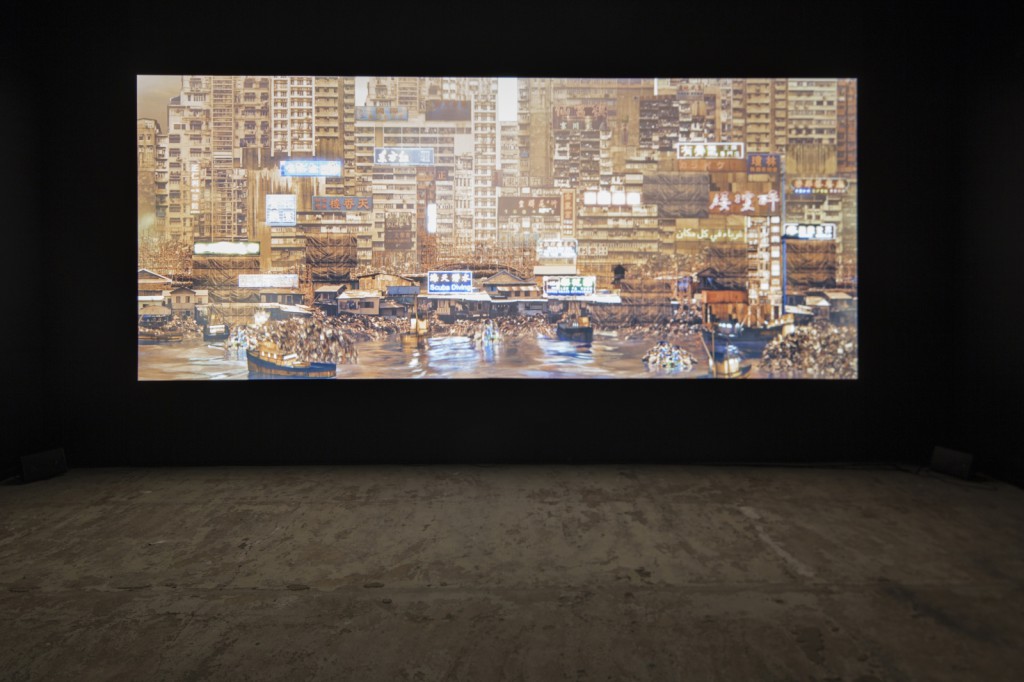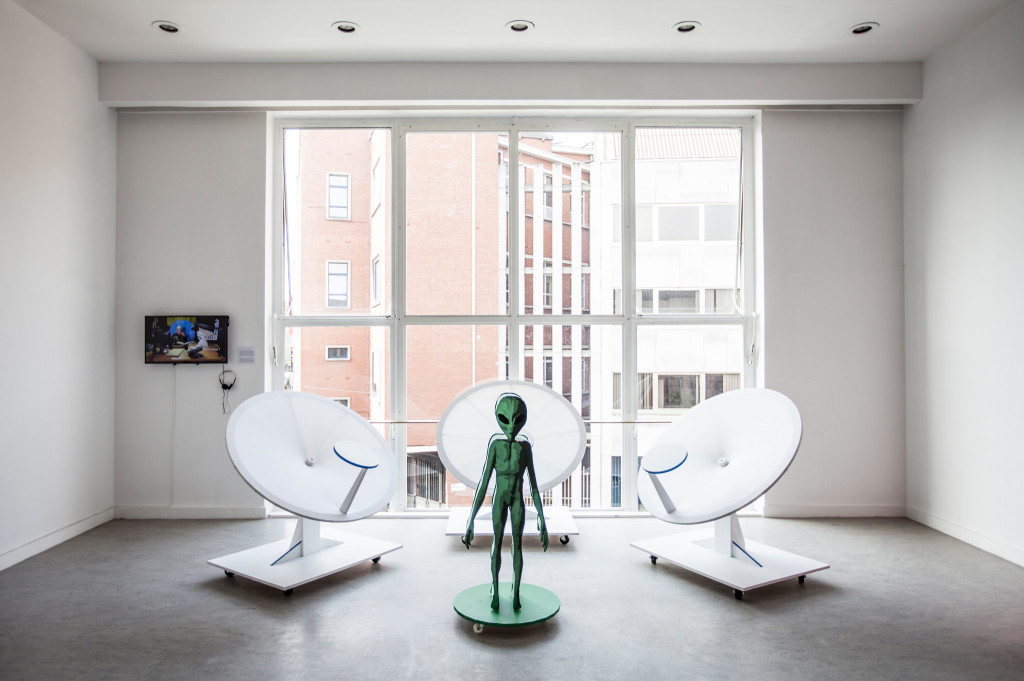Imagining Futures. Perspectives on World-building
Future visions are everywhere. Politicians promise us a better future – certainly in times of elections – scientists and technologists work towards it, companies try to shape a version of the future in which their products and services become necessities, and you and I sometimes think about our future, or our children’s and grandchildren’s. But can we find our way in the midst of all those visions? Can we read and appraise them? Which parameters are important in order to do so?
With Future Fictions, Z33 explores how contemporary artists, designers and architects relate to future thinking and imaging: from mapping, questioning and criticizing, to developing complex visions about the structures and systems that may shape our life in the future. In this, criticism of what is and the suggestion of an alternative are two sides of the same coin: every complex future vision/fiction is an evaluation of the now, and every critical assessment of current systems implicitly hints at how things could be done differently.
Horizons of values
The complex future visions of Future Fictions offer horizons instead of blueprints. They avoid a pragmatic solutionist approach to future thinking, giving space to that which is essential as a precondition. The question whether something is desirable or not thus becomes more important than whether a scenario is possible, plausible or probable. At the core of the debate, therefore, are the values that are defended, questioned or challenged in these future visions. The visions themselves are fictions, and are meant to stay that way.
However, the fictions are of course not completely out of touch, nor are they pure fantasies. The visions explore and/or extrapolate certain societal, economic, political, cultural or scientific evolutions. Based on these extrapolations, artists, designers and architects create a world, each in their own way: from drawings, models and photomontages, speculative objects and stories, to data visualizations, sculptures, installations and film.
Future Fictions mainly presents the visions/fictions of artists, designers and architects. Even so, it acknowledges that thinking and communicating about the future is not a practice that is exclusive to artists, designers and architects. Historically the privilege of a small group of public figures, today a number of professions are involved in future thinking and imaging: scientists, philosophers, entrepreneurs, risk assessors, trend forecasters, policy makers and politicians, not to forget futurists, futurologists, future consultants and future strategic planners. All, driven by their agendas, have made thinking about the future their business to a greater or lesser extent, implicitly or explicitly. The visions the artists, designers, and architects present in Future Fictions therefore unquestionably relate to, or are inspired and informed by, and often developed in close relationship with these players outside of the field of art, design and architecture.

Future literacy
In the face of this multitude of future visions, we are presented with the crucial question: can we address these visions with a critical eye? In order to better understand and assess the different prevailing future visions and messages, one needs a more elaborate context, a research into what it means to think about and visualize the future, who is involved in this practice, what tools they use, what agendas they have and if and how these agendas reverberate in their practice. Future Fictions, in that sense, encourages the search for future literacy. Who sponsors the think tanks for the future and why?
What does it mean when science fiction writers are granted access to a large technology company’s most recent research, so that it may be incorporated into their fiction? Whose agendas are being served when people are recruited via crowdsourcing techniques to voluntarily participate in just about anything, ranging from image recognition software to space research?
But also: how can we compare reports from trend forecasters to critical future scenarios coming from speculative design or architecture? What is the effect and the scope of their visions/fictions? Future Fictions mainly offers visions/fictions from a Western perspective as these are the visions that we are confronted with the most. Of course, this does not mean that Future Fictions disclaims the existence of other perspectives, merely that it does not pretend to be encyclopedic in scope.

So what?
Future visions/fictions that intend to spark debate (ask questions), rather than provide a concrete blueprint (offer answers) are often criticized because they supposedly ignore the problems of today, which require solutions in the near future. However, these visions/fictions play their role at another level: indeed, they investigate if we are still asking the right questions or they prepare us for a different way of thinking, a mental benchmark shift.
Which contemporary visions of the future carry in them the promise of such a one effect? From the past we have learned that oftentimes, it is the images that look completely out of place, that are outrageously audacious or absurd that can generate a mental reboot. They have the power to bend perception into a certain direction. In other words, they create a new mental benchmark. Or, alternatively, they encourage a completely opposite direction of thought.
Either way, they have an impact that cannot be ignored; they are a catalyst for change.
What role then, does a future thinker play? And what is or should be his relation to policy making? Or, to put it differently, what is the responsibility of the designer, artist, architect, or trend forecaster, futurist, scientist, risk assessor and insurance agent who authored these future visions/fictions?
The article was originally published in the exhibition catalogue of ‘Future Fictions – Perspectives on World-building′ in October 2014.
Film
Curator Karen Verschooren: Future Fictions – Perspectives on World-building.
Introduction, duration 00:02:14, in Dutch.